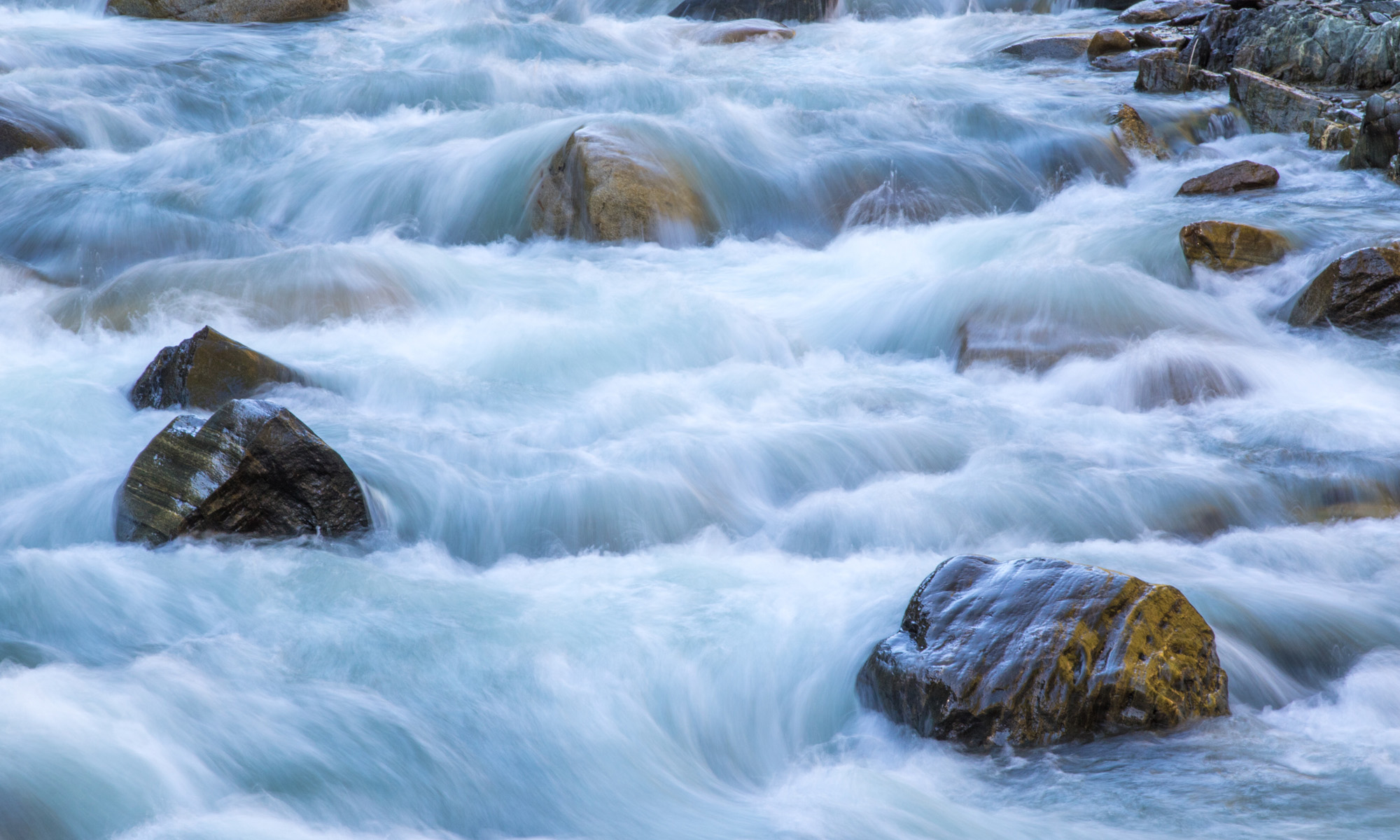Today’s Question: Do you see any reason for me to keep my original RAW (Nikon D810 NEF) image files after I’ve converted them to DNG using Adobe’s DNG Converter application and have backed up the DNGs?
Tim’s Quick Answer: If I’m being completely honest, in most cases it is perfectly reasonable to discard the original proprietary RAW capture files if you’ve chosen to convert those captures to the Adobe DNG format, and you have ensured the DNG files are safely backed up. This isn’t something I’m entirely comfortable with on principle, but I do have to admit it is a reasonable approach in most cases.
More Detail: As the image sensors used in digital cameras have gotten more advanced, new features have been made available. In many cases, those specific features can only be accessed by using the proprietary RAW capture format for the particular camera model, along with the software provided by the camera manufacturer.
For example, many Nikon cameras (including the D810 mentioned in today’s question) include support for an Active D-Lighting feature. This feature helps to balance out overall tonal values in the image, helping to provide greater detail in the dark shadows, for example. However, you can only retain the advantages of the Active D-Lighting feature if you use the Nikon software to process the original RAW captures.
There are other camera manufacturers with other special features that require software from that manufacturer to take advantage of the feature. Processing the images with Adobe Camera Raw or Lightroom won’t provide access to those features. In addition, converting to Adobe DNG would cause you to lose access to those features.
In theory there might also be other capabilities that are only available by using the proprietary RAW capture files. The idea is that since the camera manufacturer has the most knowledge of the specific image sensor technology employed in a given camera, they can best exploit the information contained in the proprietary RAW capture.
Many of these potential benefits aren’t critical to most photographers. So unless you’re taking advantage of special advanced features of your camera (such as the Active D-Lighting feature on many Nikon cameras, or the relatively new Dual Pixel technology from Canon, among other features with various camera makes), it is probably perfectly safe to convert your proprietary RAW captures to Adobe DNG and then discard the original captures.
Again, this isn’t something I’m particularly comfortable with, but that’s mostly a matter of being a bit more paranoid than I really need to be.
I’ll also add that converting to the Adobe DNG format creates a workflow slowdown if you have adopted my preferred approach of using a synchronization approach to backing up your photos. Metadata updates to DNG files require a full backup of the (rather large) source image file. By contrast, with proprietary RAW captures your metadata updates will be written to a much smaller (and therefore faster to backup) XMP sidecar file.

